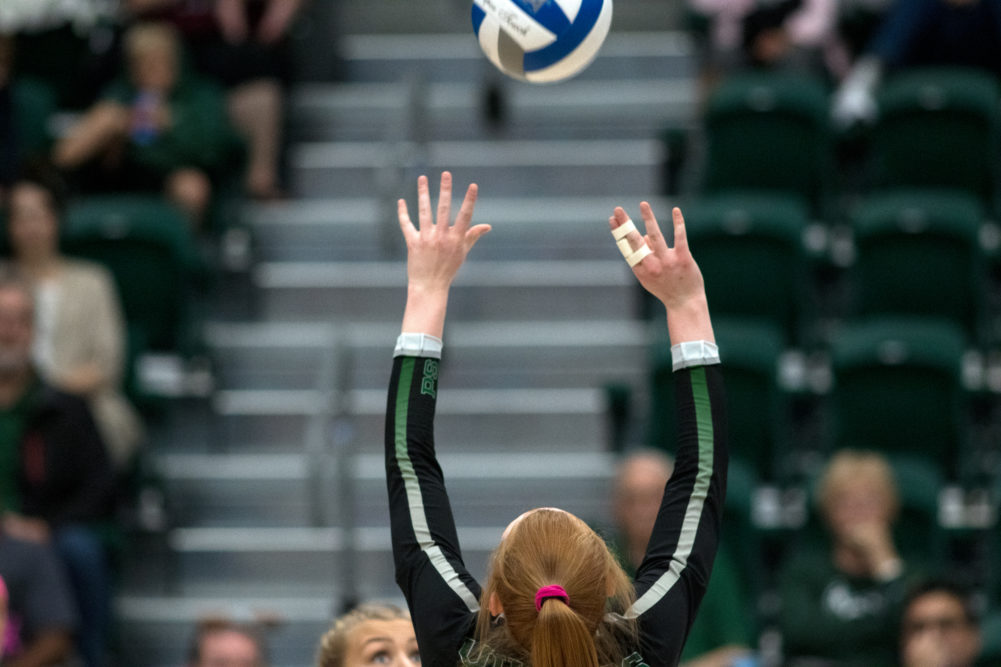Jennifer Nelson
Professor Tim Hagge can tell me otherwise, but I’m starting to take this personally.
Or, I should say, I’m starting to take this personally again, because I took it personally the first time.
I was a sophomore at Oregon State University when 15-year-old Kip Kinkel killed his parents and two classmates and injured 22 others at Thurston High School, located less than 30 minutes from Corvallis in Springfield.
One year later, when 18-year-old Eric Harris and 17-year-old Dylan Klebold killed 12 classmates and one teacher before killing themselves, I was equally stunned. Littleton, Colo., seems far from Oregon, unless your family lives in a neighboring town.
But the next school shooting, one month later in Conyers, Ga., was further from home, both physically and emotionally.
So was the next one.
And the one after that.
Eventually, the shootings came and went, and I didn’t even bat an eye.
That’s not to say I wasn’t saddened; I just wasn’t surprised. School shootings were something I had learned to live with.
Because like Hagge, a licensed clinical social worker in Portland State’s department of counseling and psychological services, says, “It can happen anywhere.”
On Monday, it did. And it changed everything.
A University of Arizona student, angry over being barred from taking a midterm examination, walked into the College of Nursing on Monday morning and shot and killed three professors before killing himself.
Robert Flores Jr., 41, was reportedly failing one class and struggling in another.
This is smaller than Thurston, smaller than Columbine.
It pales in comparison to the events of Sept. 11, 2001, and, more recently, the string of shootings in the Washington, D.C., area.
Yet, I am troubled.
I am scared.
This feels different than the others.
It’s more personal.
Portland State, after all, is not so different from the University of Arizona.
Both are urban universities, and both have medium- to large-sized student bodies, U of A being larger with approximately 36,000 students.
Tucson, Ariz., is, of course, closer to Portland than both New York City and Washington, D.C., making the reality of the shootings a little less avoidable.
And midterms, well they start this week, ready or not.
Hagge admits the comparisons are natural.
“These are the sort of events that rattle the collective,” he said of the shootings and terrorist attacks.
Carla Reidlinger, who works with Hagge in the department of counseling and psychological services, adds, “Since Sept. 11, there’s been a heightened sense of anxiety in general.
“This is just one more example of people having their anxiety validated.”
But that anxiety may not be necessary. Not yet, anyway.
According to interim chief of campus public safety Michael Soto, Portland State has never had an on-campus shooting. In his 22 years here, the worst he’s seen is a verbal fight between a student and a professor that almost turned physical.
Of Monday’s events, Soto said: “It heightens my awareness, but not my concern.”
Hagge adds that public safety has made great strides, pointing to the number of blue lights on campus and the number of ways to reach public safety as examples.
“All those combine for a sense of safety,” he says.
A sense of safety, in times such as these, is a hard concept to grasp.
And, yet, I want to because the alternative is much too frightening.




